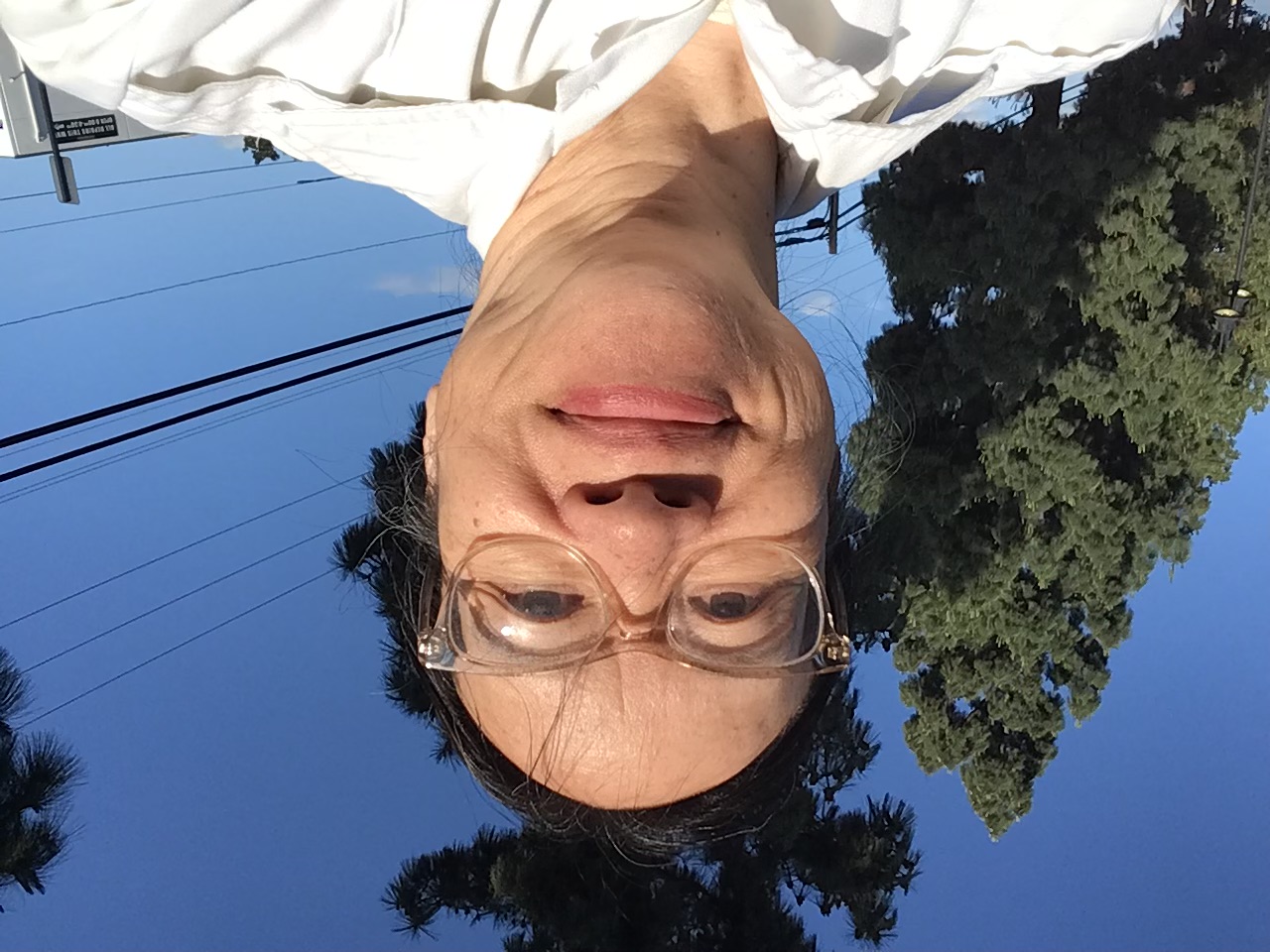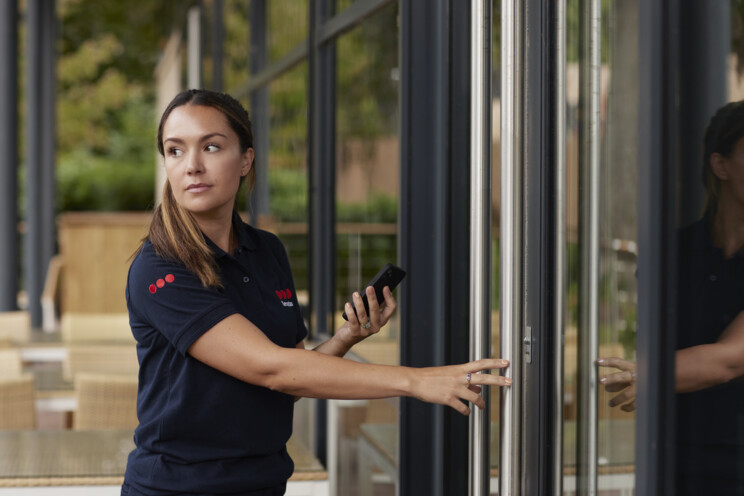When I was younger, I wanted to be like security officer Tasha Yar of Star Trek: The Next Generation. She overcame a painful childhood and turned that experience into strength. She was tough, capable, and confident – someone who could protect others and stand her ground no matter the challenge.
Over two decades later, I did become a security officer – just not for Starfleet. Instead of firing against enemy vessels or acting as a bodyguard to the landing parties, my duties would be akin to checking the warp core (aka the ship’s main power source) or the transporter (the system that beams people to and from missions) to ensure everything runs safely and smoothly.
Sound boring? Not when you’re on active lookout, training your senses to detect potential problems, sometimes before they even look like trouble.
I’m a Securitas patrol officer in southern California, and here’s a glimpse into my world.

An open door invites danger
I begin my work at the manufacturing facility I protect. I have 10 checkpoints outside and 40 areas inside.
All doors from the outside to the building must be permanently locked, and employees can only enter with the proper access credentials. Both sides of the building and the back lots should be properly secured as well, with gated access keeping intruders at bay.
But I spot something amiss tonight: a doorstop that’s keeping the lobby door ajar. All administrative staff and executives have left, so that door should be fully closed, locked, and secure. A door left ajar could mean someone’s already inside who shouldn’t be.
To investigate the potential threat, I check the lobby, keeping a keen eye for intruders or any individuals who I know shouldn’t have access to this area. Having secured this facility for nearly seven years, I know the literal ins and outs and who should be where and when. I see no one.
What about the doors to the office areas and conference rooms? The elevator? The storage and equipment rooms? I check all and find no one. It would turn out that one of the facility's contractors was working in the lobby before my shift and left the door propped open to prevent locking himself out. After removing the doorstop and locking the door, I write an incident report, which will be sent to the client and facilities manager.
A red light indicates a red flag
I continue my patrol. Everything is as it should be – until I spot a red light on the thermal oxidizer. It’s an urgent issue. If not handled promptly, the company could violate air quality regulations and face fines for pollution.
The thermal oxidizer converts the methanol used in the manufacturing oven into oxygen before it’s released into the air. A red light typically indicates that the flame is out, the air pressure is too low, or the temperature is too high. I look for the production lead or the supervisor to see if they can restore normal operation. If not, maintenance technicians step in, or oven use is paused until the issue is resolved. This protocol ensures that any methanol emissions remain minimal and brief enough to stay within air quality regulations.
Environmental checks: Temperature and inventory storage
Now moving on to the facility’s data center, where I check the temperature every hour. The readings show 72 degrees Fahrenheit and 50% humidity. The humidity is a bit high, but I see the dehumidifier is active and running – no concern for now.
Next stop: the warehouse. I notice the walk-in inventory fridge is slightly ajar. That’s not good. The contents are perishable materials used in manufacturing. If they spoil, they’ll have to be discarded, wasting both product and money. Worse, if compromised materials were ever used, it could pose a serious safety risk – and legal consequences for the company.
I check inside the fridge for any employees and see that no one’s there, so I close it fully and make sure it seals shut. If I find it open more than once in a day, I report it to the production lead or supervisor so they can remind the team to be diligent about closing it completely after use.
There are still plenty of checkpoints ahead before my shift is done. But already, I’ve addressed several issues that could have easily gone unnoticed. That’s the job: spotting the “small” things before they become big problems.
Security isn’t sci-fi. It’s real and it’s human.
While my work doesn't require hand-to-hand combat with alien invaders or tracking down intergalactic threats like Tasha Yar, it does require the same level of vigilance, instinct, and commitment to keeping people and properties safe back here on Earth, in California.
And honestly, I’d rather check, be on the lookout, and report than fight. I like to help others – not go up against them – and my role lets me do just that while contributing to a safer world.





